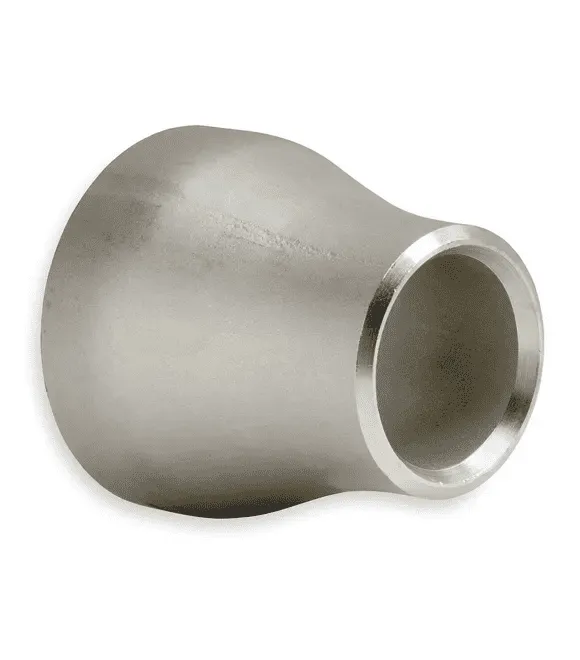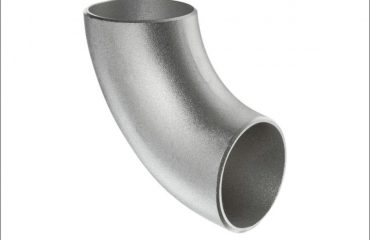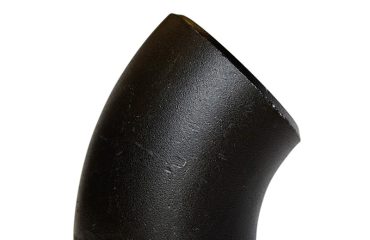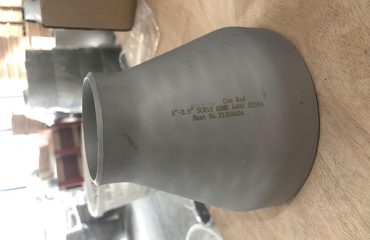
Xu hướng và đổi mới trong tương lai
The stainless steel industry is continually evolving, được thúc đẩy bởi những tiến bộ trong khoa học vật liệu, công nghệ sản xuất, và nhu cầu cải thiện hiệu suất trong môi trường khắc nghiệt. Dưới đây là một số xu hướng và đổi mới trong tương lai có thể tác động đến việc sản xuất và ứng dụng bộ giảm tốc bằng thép không gỉ ASTM A403 WP.
High-Performance Alloys
The development of high-performance alloys is a significant trend. These materials are engineered to offer superior corrosion resistance, sức mạnh, and durability in increasingly harsh environments.
- Superaustenitic Stainless Steels: Enhanced versions of traditional austenitic grades, such as AL-6XN, offering better resistance to pitting and crevice corrosion.
- Duplex and Super Duplex Stainless Steels: Combining the best properties of austenitic and ferritic steels, these materials provide excellent strength and resistance to stress corrosion cracking.
Sản xuất phụ gia
Sản xuất phụ gia (LÀ), commonly known as 3D printing, is revolutionizing the production of complex components, including stainless steel reducers.
- Powder Bed Fusion (PBF): Một kỹ thuật AM phổ biến để tạo ra các bộ phận bằng thép không gỉ có độ chính xác cao theo lớp từ bột kim loại.
- Sự lắng đọng năng lượng định hướng (DED): Thích hợp để sửa chữa và thêm vật liệu vào các thành phần hiện có, kéo dài tuổi thọ của chúng và giảm chất thải.
Kỹ thuật xử lý nhiệt nâng cao
Đổi mới trong Kỹ thuật xử lý nhiệt đang tăng cường các tính chất của các bộ khử bằng thép không gỉ.
- Năng lượng nhiệt độ thấp (Trung tá): Cải thiện độ cứng bề mặt và khả năng chống mài mòn mà không ảnh hưởng đến khả năng chống ăn mòn.
- Quá trình ủ nâng cao: Mang lại sự kiểm soát tốt hơn đối với các tính chất vi cấu trúc, Tăng cường cả tính chất cơ học và khả năng chống ăn mòn.
Sản xuất và ngành công nghiệp thông minh 4.0
Sự tích hợp của Ngành công nghiệp 4.0 nguyên tắc, bao gồm IoT (Internet của mọi thứ), Dữ liệu lớn, Và bạn có (Trí tuệ nhân tạo), đang biến đổi quy trình sản xuất.
- Bảo trì dự đoán: Utilizing sensors and data analytics to predict and prevent equipment failures, ensuring consistent product phẩm chất.
- Smart Factories: Implementing automated systems and robotics to enhance precision, Hiệu quả, and adaptability in production lines.
Environmental Sustainability
Environmental sustainability is becoming increasingly important in the stainless steel industry.
- Recycling and Circular Economy: Emphasizing the recycling of stainless steel to reduce raw material consumption and environmental impact.
- Eco-Friendly Processes: Developing manufacturing processes that minimize energy consumption and emissions, such as using renewable energy sources and cleaner production techniques.
Nghiên cứu điển hình
Nghiên cứu điển hình 1: Chemical Processing Plant
A major chemical processing plant required stainless steel reducers that could withstand highly corrosive environments involving sulfuric acid and chlorides. The plant chose WP904L for its exceptional resistance to these harsh chemicals.
Implementation:
- lựa chọn vật liệu: WP904L was selected for its high nickel, molypden, and copper content.
- QUY TRÌNH SẢN XUẤT: The reducers were produced using closed-die forging, followed by solution annealing and electropolishing to enhance corrosion resistance.
- Hiệu suất: The WP904L reducers demonstrated excellent performance, with minimal maintenance and downtime over several years.
Nghiên cứu điển hình 2: Offshore Oil Platform
An offshore oil platform required robust reducers capable of withstanding high pressures, nhiệt độ, and corrosive seawater environments. WP316L was chosen for its balanced properties.
Implementation:
- lựa chọn vật liệu: WP316L was selected for its resistance to chloride-induced corrosion and good mechanical properties.
- QUY TRÌNH SẢN XUẤT: Forging and subsequent machining were used to produce the reducers, tiếp theo là ngâm và thụ động để khôi phục lớp oxit crom bảo vệ.
- Hiệu suất: Các bộ giảm WP316L được thực hiện một cách đáng tin cậy trong điều kiện khắc nghiệt, đảm bảo tính toàn vẹn của hệ thống đường ống.
Nghiên cứu điển hình 3: Cơ sở sản xuất điện
Một cơ sở phát điện cần các bộ giảm nhiệt nhiệt độ cao cho các thành phần nồi hơi của nó. WP321 đã được chọn do sự ổn định của nó ở nhiệt độ cao và khả năng chống ăn mòn giữa các hạt.
Implementation:
- lựa chọn vật liệu: WP321 đã được chọn để ổn định titan, Ngăn chặn lượng mưa cacbua.
- QUY TRÌNH SẢN XUẤT: Rèn mở sau đó là ủ dung dịch được sử dụng để sản xuất các bộ giảm.
- Hiệu suất: Bộ giảm WP321 cung cấp hiệu suất tuyệt vời, Duy trì tính toàn vẹn của chúng và chống ăn mòn trong môi trường nhiệt độ cao.
Phụ lục
Thuật ngữ của các điều khoản
- Thép không gỉ austenit: Một loại thép không gỉ được biết đến với khả năng chống ăn mòn tuyệt vời và khả năng định dạng, characterized by a face-centered cubic crystal structure.
- Carbide Precipitation: The formation of chromium carbides at grain boundaries, which can reduce corrosion resistance.
- Sự ăn mòn liên vùng: Corrosion that occurs along the grain boundaries of a material, often due to carbide precipitation.
- molypden: A chemical element added to stainless steels to enhance corrosion resistance, particularly against chlorides.
- Thụ động: A process that enhances the natural oxide layer on stainless steel, cải thiện khả năng chống ăn mòn của nó.
Câu hỏi thường gặp
-
What is the difference between WP304 and WP316?
- WP316 contains molybdenum, which enhances its resistance to chloride pitting and crevice corrosion, making it more suitable for marine and chemical environments compared to WP304.
-
Why is WP904L preferred in highly corrosive environments?
- WP904L has high nickel and molybdenum content, along with copper, providing exceptional resistance to sulfuric acid and chloride environments.
-
How does additive manufacturing benefit the production of stainless steel reducers?
- Additive manufacturing allows for the creation of complex shapes, reduces material waste, and enables rapid prototyping and customization.
-
What are the advantages of using duplex stainless steels?
- Duplex stainless steels combine the best properties of austenitic and ferritic steels, offering high strength and excellent resistance to stress corrosion cracking.
-
How does heat treatment improve the properties of stainless steel reducers?
- Heat treatment processes like annealing and solution annealing refine the microstructure, relieve internal stresses, and enhance mechanical properties and corrosion resistance.
Hướng dẫn mở rộng này sẽ cung cấp sự hiểu biết toàn diện về ASTM A403 WP không gỉ Thép không gỉ, Bao gồm tất cả mọi thứ, từ các tài sản vật liệu và quy trình sản xuất đến các xu hướng và ứng dụng thực tế trong tương lai.




bạn phải đăng nhập để viết bình luận.